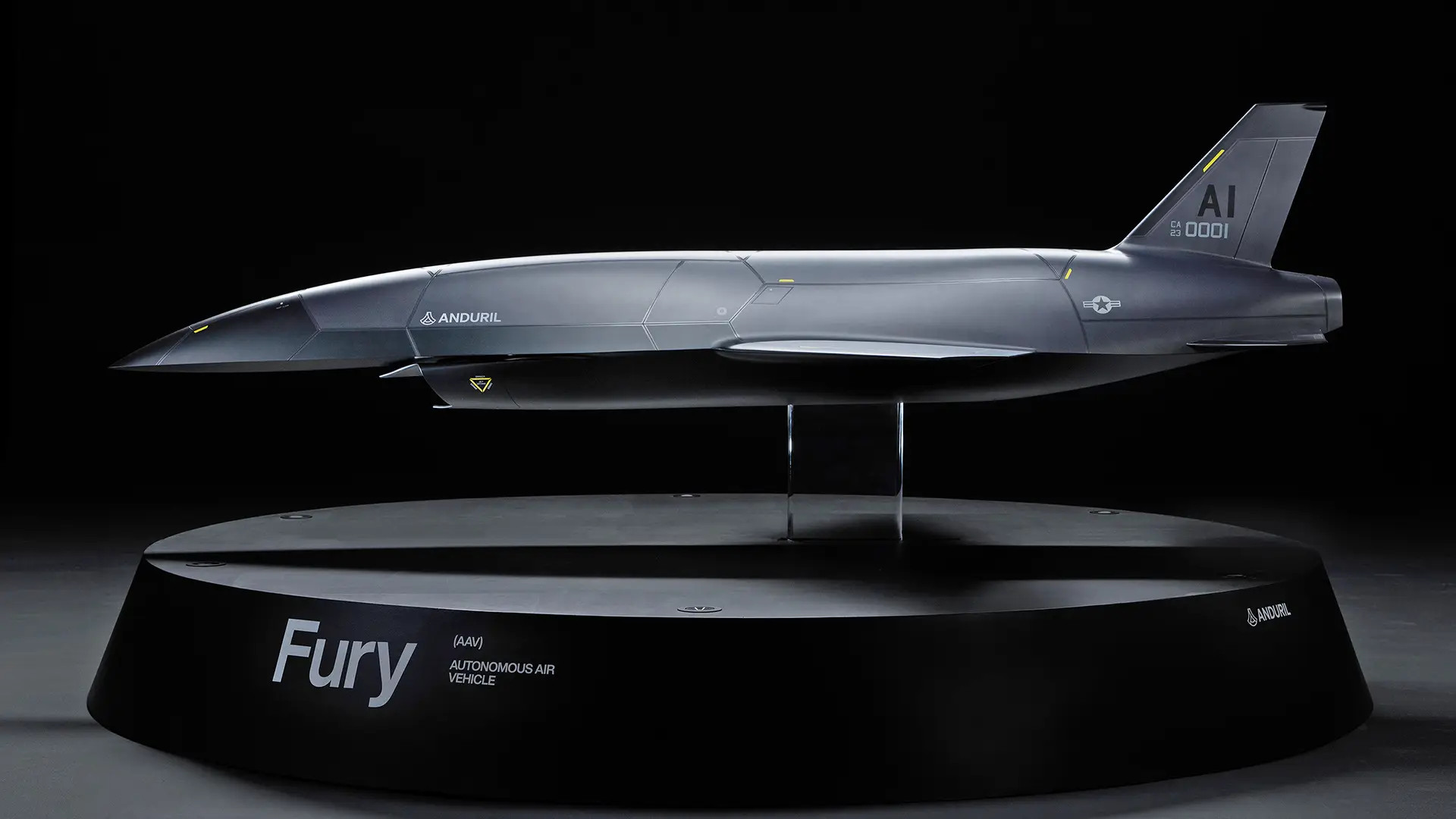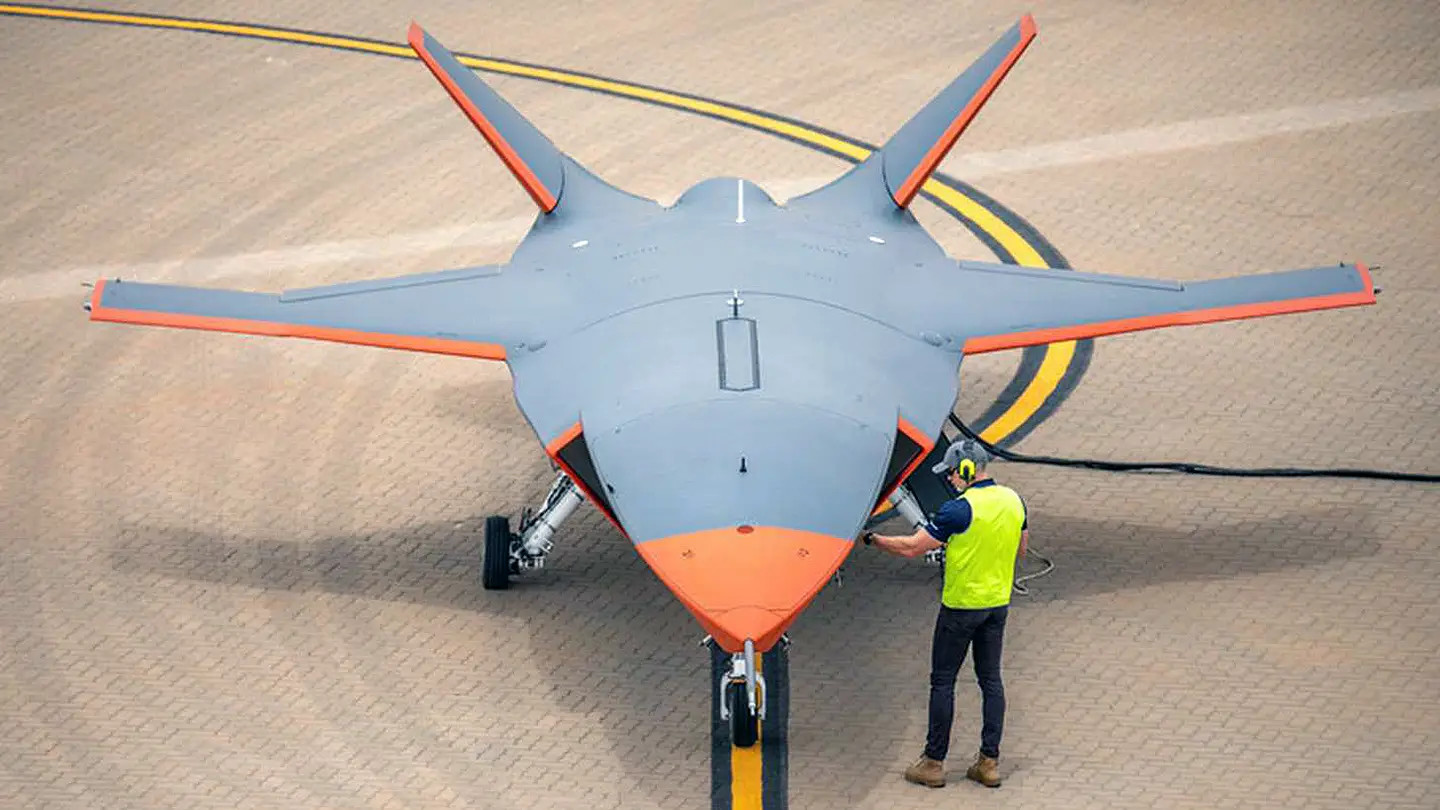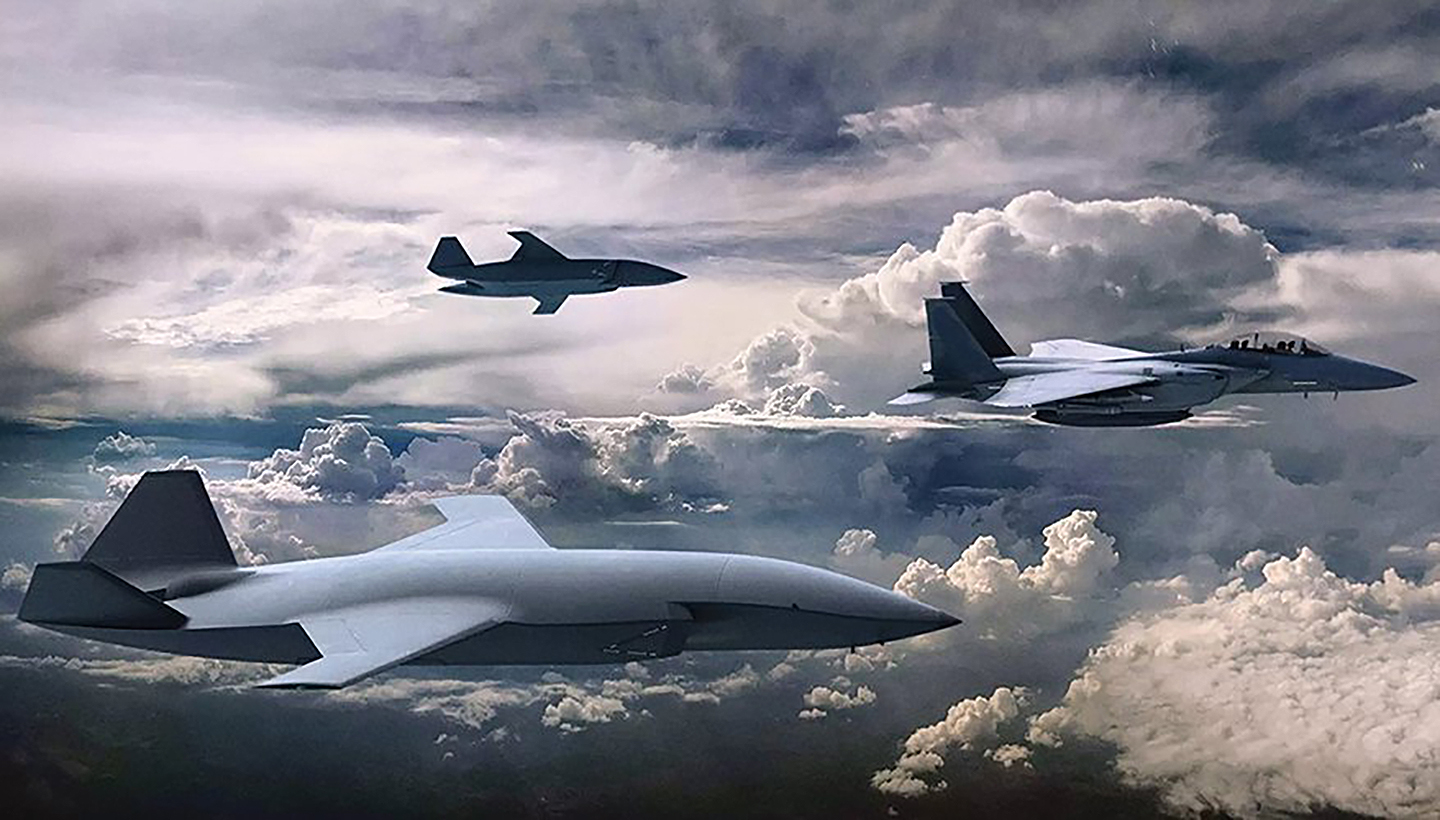The U.S. Air Force plans to cut the number of companies it now has working on its Collaborative Combat Aircraft (CCA) drone program roughly in half in just a few a months. This is in line with the service’s previously started goal of having a “first increment” of CCAs in production by around 2028.
Secretary of the Air Force Frank Kendall provided the updates on the CCA program at a media roundtable The War Zone and other outlets attended today on the sidelines of the 2024 Air & Space Forces Association Warfare Symposium. The Air Force only formally announced in January that five companies – Boeing, General Atomics, Lockheed Martin, and Northrop Grumman, and Anduril – had received CCA contracts.

“Within just the next few months, we’re going to go from the five we have on contract to a smaller number,” Kendall said today. “At least two, [but] we’d like to have three.”
“Three is going to be difficult,” he added, citing issues of limited existing funding and future budget uncertainty. “With some cost sharing from industry, I think we do three, and that would be our preference.”
At that point, the focus of the work will shift from the preliminary concept development-type activities going on now to maturing designs to a point where they could actually go into production. “Then we’ll be moving forward in a couple of years to down-select for production,” Kendall said.

The expectation, as it has long been now, is that a single design will be chosen for production. However, speaking today, Kendall also continued to leave open the possibility that more than one company could be picked in the final down-select for this initial run of CCAs.
“The CCA program relies upon incremental development, continuous competition with multiple vendors, full-scale prototypes, and speed-to-ramp with available technologies,” an Air Force spokesperson had previously told The War Zone back in January in response to questions about the initial five contracts. “The DAF [Department of the Air Force] will select the highest performing CCA vendors to produce and field an initial operational capability.”

The Secretary did not give any further details about expected production totals or timelines at today’s roundtable. In November 2023, Kendall had said that the goal was for the production of the first increment of CCAs to have started within five years. At that time, he also reiterated a now well-established 1,000-drone planning figure as the expected initial CCA fleet size, but noted that this total could grow significantly. Some of that additional growth in the total expected CCA fleet size is expected to come in follow-on tranches of drones.
The 1,000 CCA figure, which Kendall first announced publicly in March 2023, is based around a notional concept of operations involving the pairing of two of these drones with each of 200 stealthy sixth-generation crewed combat jets and 300 F-35A Joint Strike Fighters. The CCA program and work on this new stealth combat jet are both elements of Air Force’s broader Next Generation Air Dominance (NGAD) initiative. Kendall has also said that a single crewed aircraft could be teamed up with more CCAs in the future, if the relevant autonomy and other technologies can support it.

Details about the designs that are already under development as part of the first increment of the CCA program remain limited. At the time of writing, none of the companies under contract now appear to officially provided details about their proposals, though many of them have alluded to applicable concepts in the past.
From what we do know, there are signs that the Air Force has been looking at CCAs with less range, but higher performance and payload capacity, as well as overall cost. This has appeared to be at odds with how the program has been presented in the past, as The War Zone has explored in detail previously. It has also prompted Congress to seek answers about how the core requirements have evolved and what the plan is to keep the price point down. Of course all this could change at any time as development of the CCA concept continues.
There is the possibility now that more information about the designs the Air Force has been considering so far could begin to emerge around the first down-select that is set to come in just a matter of months.
We will have more reporting on CCA as part of our ongoing coverage of AFA’s Warfare Symposium ’24.
Contact the author: joe@twz.com
